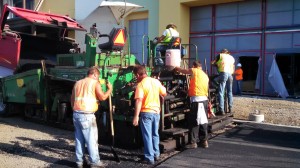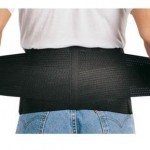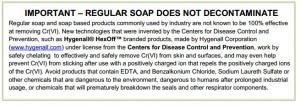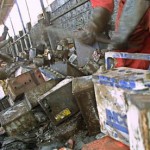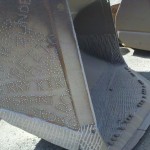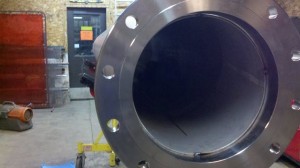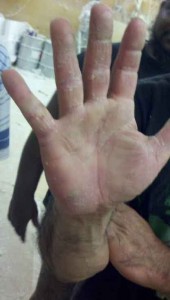Wed 9 Jul 2014
Working with Coal Tar Pitch (volatiles)
Posted by admin under Air Monitoring, Asphalt, Carcinogen, Chemical Exposure, CTPV, Dermal, Engineering Controls, Exposure, Hazard Communication, occupational hygiene, odor thresholds, OSHA, Radiation, Respirators, Training, Uncategorized
Comments Off on Working with Coal Tar Pitch (volatiles)
It is officially summer and construction road crews & roofing is in full swing. Some projects require the use and application of coal tar pitch. Not only is it stinky, it is is hazardous.
Here’s some info:
- Uses
- Roofing
- Asphalt seal coating
- Pharmaceutical treatment for psoriasis (scalp/skin condition)
- Graphite industry (in the production of graphite)
- General
- Coal tar pitch is actually a make-up of a bunch of different substances (maybe even 10,000 of them)
- Contains lots of polycyclic aromatic hydrocarbons (PAHs) and other chemicals including: benzene, pyrene, benzo(a)pyrene, phenanthrene, anthracene
- Exposure
- can be exposed by inhalation, ingestion (is this likely?), or exposure to skin, eyes
- considered a carcinogen if the product contains more than 5% of coal tar
- cancers include: skin, scrotal, lungs, bladder, kidney & digestive
- increases your sensitivity to sunlight (easier to sunburn)
- Safety
- Pick a sealant/coating that does not contain coal tar. A list of some can be found here.
- Avoid inhalation & skin/eye contact
- Train your employees. A sample safety SDS (MSDS) can be found here.
- Wear the correct PPE.
- Air sample to determine exposures. OSHA has a method (58).
- Resources
